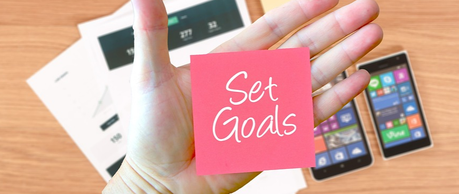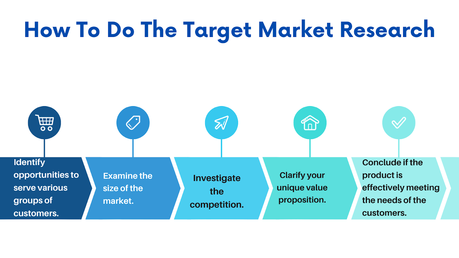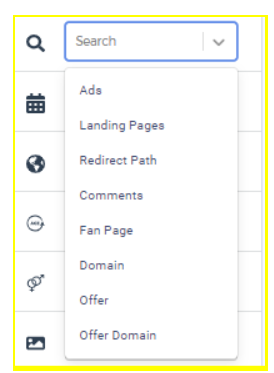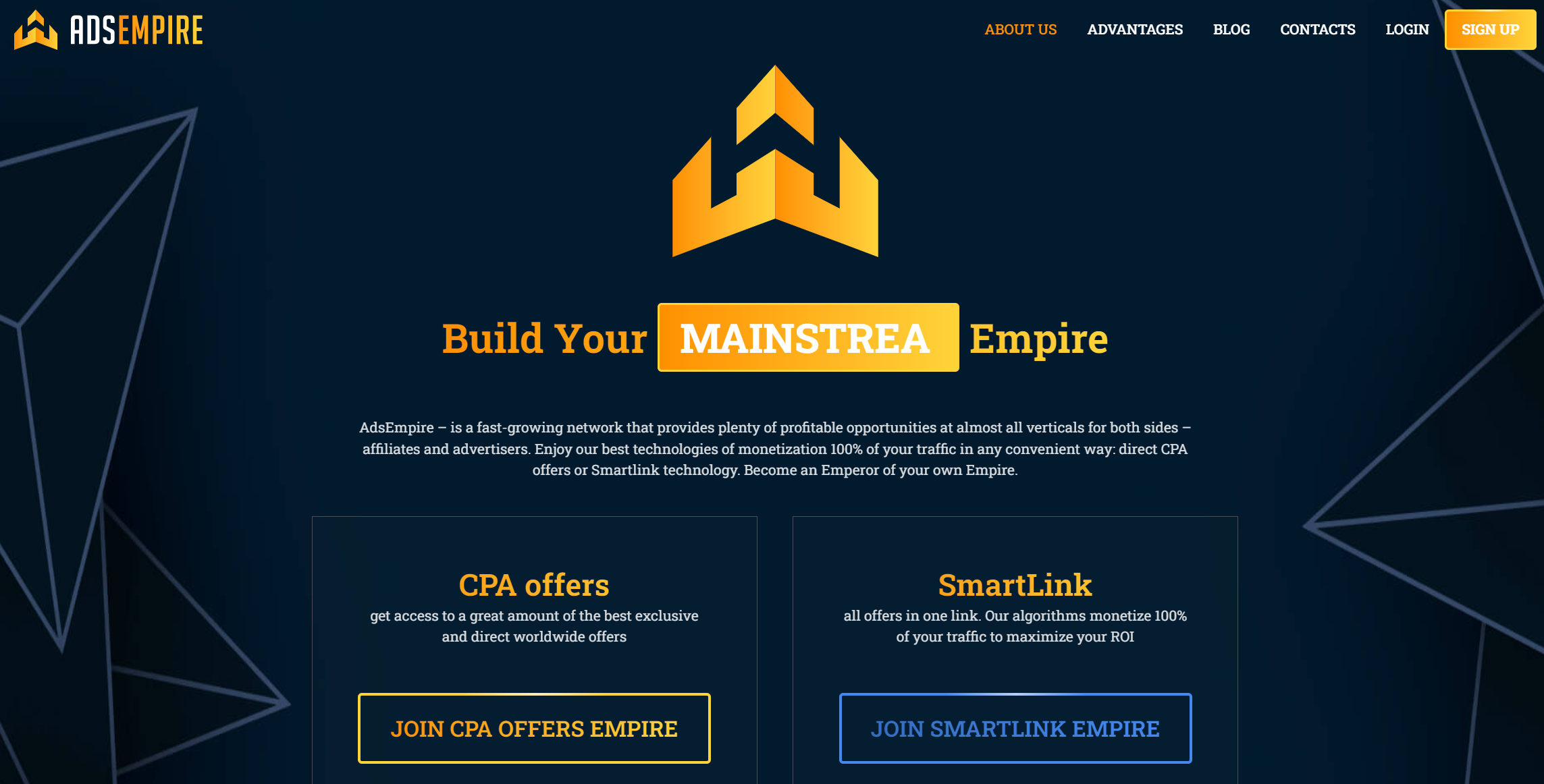We're going to explore the exciting world of media buying 101 in this article. If you've ever wondered how brands connect with their audiences in the digital landscape, this is the article for you.
Media buying is a powerful tool that every affiliate marketer should master, and I'm here to guide you through the ropes.
So, let's unravel the mysteries of media buying together and explore its channels, types, and everything you need to know to level up your marketing game! Get ready for some eye-opening insights and practical tips to boost your online presence.
Let's get started! Who knows, maybe you'll even make enough money to buy your own island!
- Impressions: The number of times people view your advertisement.
- Cost-per-click (CPC): The amount you pay for each click on your advertisement.
- Cost-per-mille (CPM): The amount you pay per thousand impressions.
- Ad networks: Intermediaries connecting publishers to advertisers.
- Creative: The design and style of an advertisement, e.g., Social Bar or Banner ad.
- Click-through rate (CTR): The percentage of ad viewers that click on the suggested link.
- Inventory: The amount of space a publisher has for advertisements at a specific time.
- Targeting: The process of serving advertisements to specific audiences.
- Bid: The maximum amount of money an advertiser is willing to pay for an ad slot.
- Optimization: Increasing the conversion rate and ROI of your advertising campaigns by adjusting their settings.
- Media mix: The distribution of your advertising budget across different channels.
Understanding these terms will help you navigate the world of media buying more effectively and make informed decisions to boost your advertising success.
What is media buying?
Media buying is an essential aspect of digital marketing that involves acquiring advertising slots to promote products or services. It's a strategic process of purchasing and optimizing advertisements to achieve the best possible results for a business.

As a media buyer, you have the opportunity to explore various advertising mediums, such as websites, radio, television, newspapers, and social media, to reach a wide audience.
Did you know that digital advertising spending worldwide is projected to reach over 455 billion U.S. dollars in 2024? This highlights the significant role media buying plays in connecting brands with their target audience.
Picture media planning and media buying as a dynamic duo in the world of advertising. They work hand in hand, but each has its unique role in the marketing realm.
Meet the media planner - the mastermind behind the grand strategy. Armed with market research and insights, the media planner crafts the perfect plan to connect with the target audience. It's like setting the stage for the show, envisioning how the message will reach the eager viewers.
Now, enter the media buyer - the savvy negotiator and executor. They take the baton from the planner and hit the ground running.
Their mission: to secure the best advertising slots that align with the master plan. With a keen eye on ROI, the media buyer ensures every penny spent yields fantastic results.
Think of it this way - the media planner is the architect, and the media buyer is the contractor. One designs the blueprint, while the other brings the vision to life. It's a beautiful partnership where creativity meets practicality to make advertising magic happen.
So, whether it's brainstorming with the marketing team or negotiating with external partners, these two roles complement each other seamlessly to deliver impactful and cost-effective advertising campaigns.
Together, they form an unstoppable force driving brands to success in the competitive world of marketing.
Media buying is a skill that can be acquired by various professionals in the digital marketing industry.
While there are dedicated media buyers and agencies, today, affiliate marketers, PPC marketers, and social media marketing experts also focus on developing media buying abilities.
It has become a valuable skill for anyone involved in online advertising and marketing to effectively reach their target audience and optimize their ad campaigns for better results.
After understanding the concept of media buying, it's essential to explore its various types. Media buying encompasses a wide range of strategies in both the online and offline realms.
Digital channels such as websites, social media, and video sponsorships, as well as traditional channels like radio, television, and live events, all play a significant role in the diverse landscape of media buying.
Let's take a closer look at these different types to understand their unique characteristics and potential impact on advertising campaigns.
When it comes to online media buying, the possibilities are endless! You've probably come across various types of online ads while browsing the web or using social media.
For instance, you might have seen In-Page Push ads on websites, shopping ads on social media platforms, or video ads on YouTube. Even when you search for something on Google or Bing, you'll encounter ads related to your search query.

As an affiliate marketer, I've explored various online media buying options, and Adsterra has been a game-changer for me! With Adsterra, I can target my ads precisely based on factors like country, language, operating system, and device type.
For instance, when I launched a campaign for a tech product, I specifically targeted users in the US who were interested in gadgets and technology.
The results were phenomenal! My ads appeared on relevant websites, reaching a highly engaged audience. I saw a significant increase in clicks and conversions, which translated to higher affiliate earnings.
Adsterra's budget-friendly approach allowed me to optimize my media buying strategy and get the most out of my ad spend.
With Adsterra, I can confidently say that my online media buying efforts have become more effective and rewarding, helping me connect with the right audience and drive better results for my affiliate marketing campaigns.
- Television: We've all experienced it - while watching our favorite TV shows, those 30-second commercials pop up, showcasing the media buying process for television. Television channels rely on advertising to generate revenue and fund their content.
- Radio: With over 3 billion listeners worldwide, radio remains a popular advertising medium. Whether it's traditional radios or online radio channels, advertisements play during breaks, showcasing the radio ad-buying process. Additionally, podcasts, which are similar to traditional radio shows, also feature advertising.
- Live Events: At live events like concerts, large LED screens display ads between performances. Brands invest significantly to secure these ad slots and reach a vast audience. From billboards to flyers, advertisements are strategically placed wherever people gather, making live events an integral part of the media buying process.
Media buying is a strategic process that involves multiple steps to ensure the successful planning and execution of advertisements. The first step is defining your campaign objectives and identifying your target audience.
This helps in conducting thorough market research to gain insights into the audience's preferences and behavior, which guides the selection of the most effective campaign channels to reach them.
Once the groundwork is laid, the next step is devising a comprehensive strategy that aligns with your goals. After planning, the actual media buying takes place, where you purchase ad space on various platforms or channels.
This could include online channels like websites and social media, as well as traditional channels like television, radio, and print media.
Finally, the process involves constant optimization and analysis to achieve favorable results.
Continuous monitoring and adjustments are made to improve the performance of the ads and ensure they resonate well with the intended audience, ultimately leading to better returns on investment.
Let me explain you all the steps one by one: Media Buying 101 Guide
When it comes to advertising, there's a plethora of options available, and it can be overwhelming. To make things more manageable, I narrow down my focus to a few key channels by defining my core business goals and what I aim to achieve from the ads.

Do I want more sales, new signups, or leads? I set clear metrics to target.
- Awareness: I use ads to spread the word about my brand and reach a wider audience.
- Conversion: Generating new leads, signups, or purchases is my primary objective.
- Branding: I ensure that my customers stay engaged with my brand and become loyal repeat buyers.
Once I've set my campaign goals, the next crucial step is identifying my specific target audience. Who do I want to reach with my ads? Is it millennials, or perhaps the older generation?
My goals typically fall into these categories:
It could be high school kids or college students, or even fans of a particular sport like football or basketball. The possibilities are endless when it comes to defining my target audience.
I must keep in mind that different demographics are more suitable for different types of products. For instance, if I'm selling trendy clothing and fashion accessories, millennials would be my ideal target audience, rather than individuals above 50 years old.
Understanding my audience helps me tailor my ads to resonate with them and achieve better results.
Once I've identified my target audience, conducting market research becomes crucial to understand them better. I avoid making assumptions and delve into extensive research to know which mediums are most effective for reaching my audience.

I gather data on the websites my target audience visits frequently, their online activities, preferred times for browsing the internet, watching TV, or listening to the radio. I also explore when they are indoors or outdoors.
This data-driven marketing strategy helps me pinpoint the right places and times to place my ads for maximum impact and better results.
Once I've defined my goals, identified my target audience, and conducted thorough market research, it's time to choose the right campaign channels to connect with my intended audience.
I have various options to consider, such as search ads, display ad networks, social media platforms, direct traffic, and programmatic advertising.
Each channel offers unique features and advantages, and I carefully assess which one aligns best with my campaign objectives and audience preferences.
Selecting the right campaign type and channel is crucial for achieving successful results in my media buying endeavors.
Search ads: With search ads, I can show my ads to users based on their search queries. Due to the fact that users have searched for keywords related to my ad, this is highly effective.

If I sell smartphones, I can bid on search terms like "smartphones," "phones," and "mobile devices." Users will be more likely to click on my ad when they see it in response to their search query. It will be a real-time battle to secure these ad slots against other media buyers.
Display ads or advertising networks: Display advertising appears on websites as banners or browser push ads. Advertisers demand ad slots from advertising networks, which aggregate them from various publishers.
It's easy to sign up on a network and deploy my ads across multiple websites. I can pay for display ads through different models like cost-per-click (CPC), cost-per-action (CPA), or cost-per-mille (CPM), depending on my campaign goals. If I want more views, CPM is a good option, while CPA or CPC is better for conversions.
For instance, with Adsterra, I get access to a vast network of direct publishers, offering multiple ad formats like Social Bar and Popunders.
Programmatic media buying: Programmatic advertising involves using automated technology to acquire ad slots instead of manual processes. The supply-side platform (SSP) allows me to bid for ads on a demand-side platform (DSP).
Ads are shown at the best time for optimal results based on algorithms. The type of advertising I use is cost-effective and maximizes my return on investment.
Social media: Social media platforms like TikTok, Facebook, Instagram, and Reddit have billions of users globally. They provide excellent opportunities for advertisers to deploy ads and connect with users.

I can use visually-appealing formats to grab users' attention and target my ads based on demographics, location, interests, purchase habits, etc. This allows me to reach the right audience effectively and efficiently.
Once you have your campaign objectives set, the next step is to plan how you'll execute it. A crucial aspect to consider is your budget.
Determine how much you're willing to invest in your ads and allocate the budget across different channels if you're using multiple platforms.

Creating a formal budget and adhering to it is essential for a successful campaign.
Online advertising is advantageous for businesses with smaller budgets, unlike traditional channels like radio, TV, and live events, which can be costly and may not be feasible for small businesses.
With online media buying, you can achieve your advertising goals without breaking the bank.
Now that you've planned your campaign strategy, it's time to buy your ad placements on various advertising channels. Many digital advertising platforms offer self-serve options, making the process convenient and efficient.
You can easily sign up, provide your payment details, and start bidding for ad slots without the need to interact with a human representative.
These self-serve platforms give you the flexibility to control your ad placements and adjust your bids based on your budget and campaign goals.
It's a seamless and straightforward process that allows you to launch your ads quickly and efficiently, reaching your target audience across different channels.
After successfully purchasing the ad slots, it's time to launch your campaign and put your plan into action. However, launching the campaign doesn't mean you can sit back and relax just yet. In fact, this is where the real work begins!

Monitoring and analyzing the performance of your ads is crucial to ensure that they are delivering the desired results. Keep a close eye on key metrics like click-through rates (CTR), conversions, and return on investment (ROI). If you notice any areas that need improvement, be prepared to make necessary adjustments to optimize your campaign's effectiveness.
Remember, digital marketing is a dynamic landscape, and staying proactive and agile will help you adapt to changes and capitalize on opportunities as they arise.
Regularly evaluate the performance of your ads, make data-driven decisions, and fine-tune your campaign to maximize its impact and achieve your goals.
With a well-managed campaign, you can effectively connect with your target audience and drive meaningful results for your business.
Measuring the results of your advertising campaign is essential to determine its effectiveness and whether it aligns with your goals. It's not enough to simply deploy the campaign and forget about it; constant monitoring is necessary.
Keep a close eye on key metrics like conversion rate, click-through rate, cost per lead, and page views to gauge the campaign's performance.

Understanding your target audience is crucial for creating advertising content that resonates with them. Conduct A/B tests to compare different elements of your ads and identify what works best.
By analyzing the data and making necessary adjustments, you can optimize your campaign for better results.

Unique dating offerings from advertisers, cutting-edge Smartlink technology, and international reach make AdsEmpire a standout among affiliate networks.
Affiliates interested in innovative tools and premium services will find much to like in AdsEmpire.
- A Wide Variety of Premium Dating Offers
- With Smartlink Technology, you may earn more money from every visitor.
- Market-leading payments and excellent EPC rates Payment options such as CPL (SOI, DOI), PPS, and RevShare
- Professional affiliate managers with extensive experience in the dating industry
- Payouts on a regular schedule, weekly or monthly, starting at $250
- More than 50 nations throughout the world have access, especially those in Tier 1 and Europe.
- Payment options including Wire, PayPal, Paxum, Bitcoin, Paysera, and Genome are available.
- AdsEmpire goes above and beyond by sponsoring events, throwing parties for its best partners, holding contests with substantial prizes, and increasing payouts for affiliates.
Conclusion: Media Buying 101 Guide
You now have a solid understanding of media buying, its various types, and the essential steps to plan and execute a successful ad campaign.
Whether you're new to this world or already a seasoned marketer, knowing the ins and outs of media buying is a powerful asset in today's digital landscape.
As online advertising continues to soar, finding the right advertising network becomes crucial for your brand's success. Look no further than Adsterra, the go-to choice for opening new markets and achieving excellent user acquisition results.
With our expert guides, targeted strategies, and dedicated support, we're here to help you maximize your advertising efforts and make your brand stand out in the digital realm.
If you still have any doubts, you may leave them in the comments section, I shall surely help you.

Andy Thompson
This author is verified on BloggersIdeas.com
Andy Thompson has been a freelance writer for a long while. She is a senior SEO and content marketing analyst at Digiexe, a digital marketing agency specializing in content and data-driven SEO. She has more than seven years of experience in digital marketing & affiliate marketing too. She likes sharing her knowledge in a wide range of domains ranging from e-commerce, startups, social media marketing, making money online, affiliate marketing to human capital management, and much more. She has been writing for several authoritative SEO, Make Money Online & digital marketing blogs like ImageStation.

